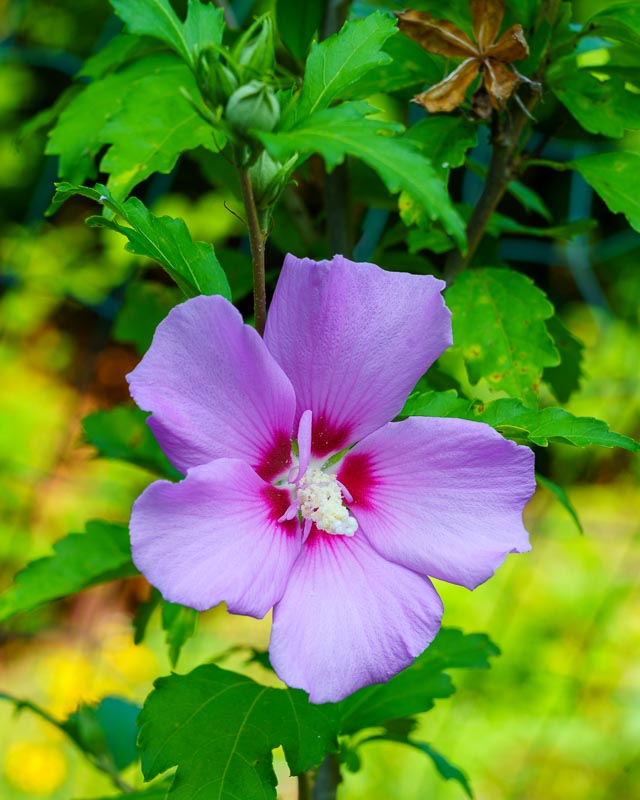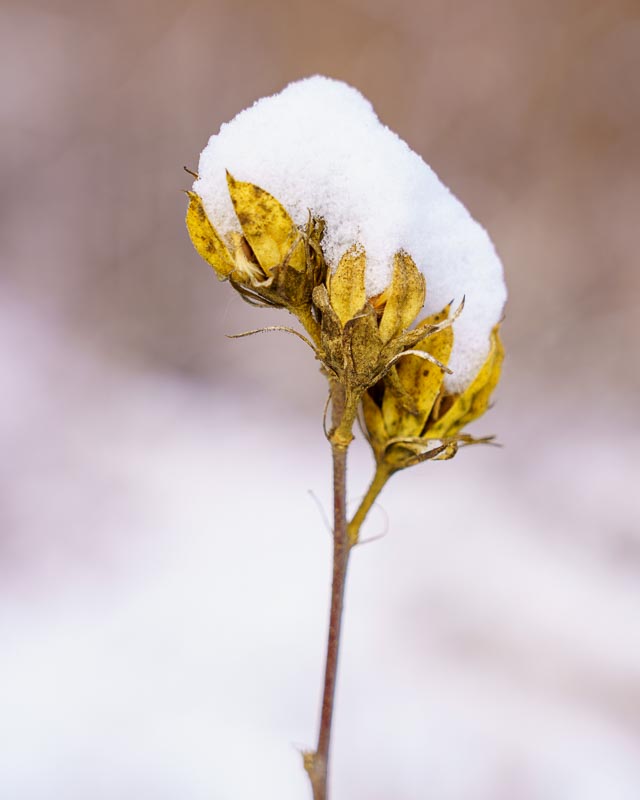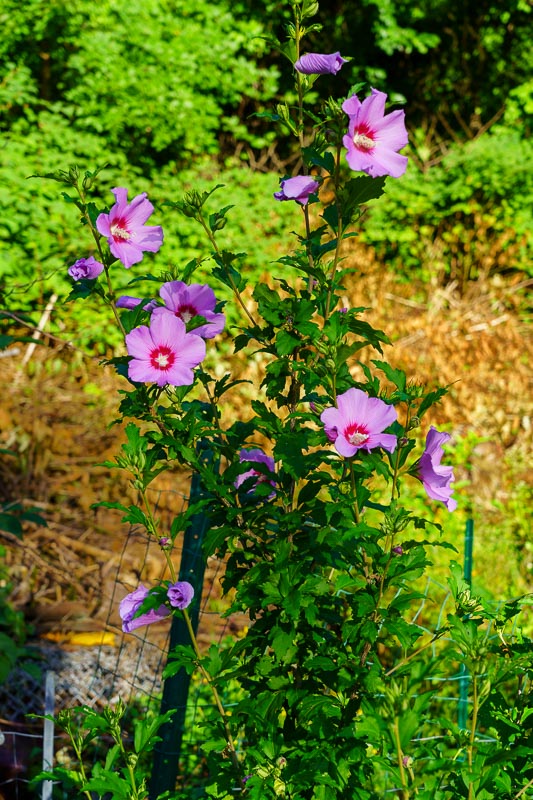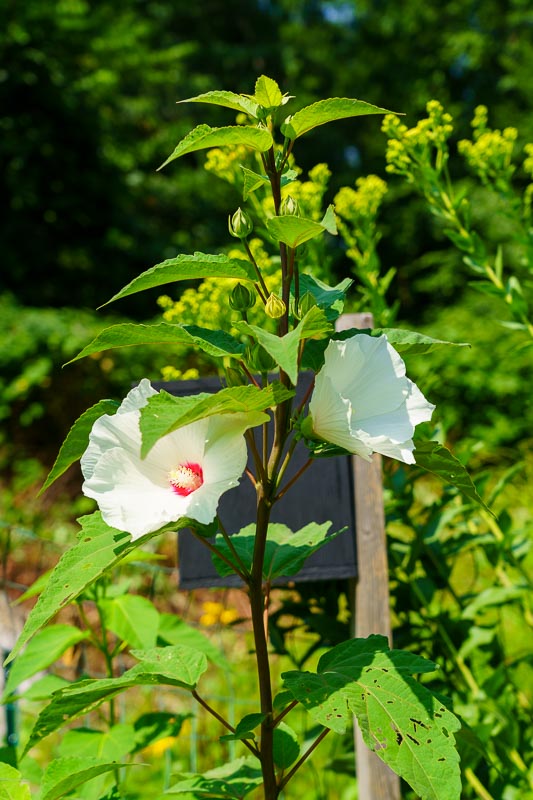Rose of Sharon
| Attribute | Value |
|---|---|
| Common Name | Rose of Sharon |
| Botanical Name | Hibiscus syriacus L. |
| Mature Size | 8–12 ft. tall, 6–10 ft. wide |
| Sun Exposure | Full, partial |
| Soil Type | Moist, well-drained |
| Soil pH | Acidic, neutral |
| Bloom Time | Summer, fall |
| Flower Color | Pink, purple, red, blue, white |
| Care | This shrub is tolerant of air pollution, heat, humidity, poor soil, and drought. It's primarily used as a specimen, hedge, or foundation plant. It does readily self-seed, so some of your plant care will be dedicated to removing seedlings if you don't want your rose of Sharon to spread. Young plants will need regular watering and feeding to help them get started. But mature shrubs typically don't require much care. Plan to water during prolonged periods of drought. And prune to keep your shrub's desired shape. |
| Soil | This shrub can grow in multiple soil types, including loamy, sandy, and clay soils. It prefers a nutrient-rich, well-draining soil with a slightly acidic to neutral soil pH, though it also can tolerate slightly alkaline soil. |
| Water | Rose of Sharon grows best in moist soil, but mature shrubs can tolerate some drought. It won't thrive extremes: very dry or very wet conditions. So, don't let the soil fully dry out, and make sure your shrub isn't sitting in waterlogged soil. |
| Temperature and Humidity | These shrubs are heat lovers, but they also can withstand winters with below-freezing temperatures down to -20 degrees Fahrenheit. They also can handle high humidity as long as they have good air circulation. Otherwise, humid conditions can promote fungal growth. |
| Fertilizer | Fertilizer is recommended, though it's not mandatory for established shrubs unless you have poor soil. Use a slow-release fertilizer for shrubs and trees in the late winter or early spring, following label instructions. If you wish to grow organically, work compost into the soil around the root zone of the shrub in the spring. |
| Pruning | This shrub grows naturally in an attractive form, so it doesn’t need much pruning. But you can tidy up its growth each year to maintain the size and shape you desire. Rose of Sharon blooms on new wood, so it should be pruned in the late winter or early spring to avoid cutting off any flower buds. Pruning back the stem tips will encourage more branching and thus more flowers. Remove any damaged or diseased branches as they arise. |
| Overwintering | Rose of Sharon doesn't typically need any special winter care in its growing zones. It ideally should be situated in a spot that's protected from strong, chilling, drying winds. If you live in a cold part of its growing zones, adding a layer of mulch around its roots also can help to insulate the shrub from extreme weather. |
| Source | https://www.thespruce.com/rose-of-sharon-bush-2132728 |




